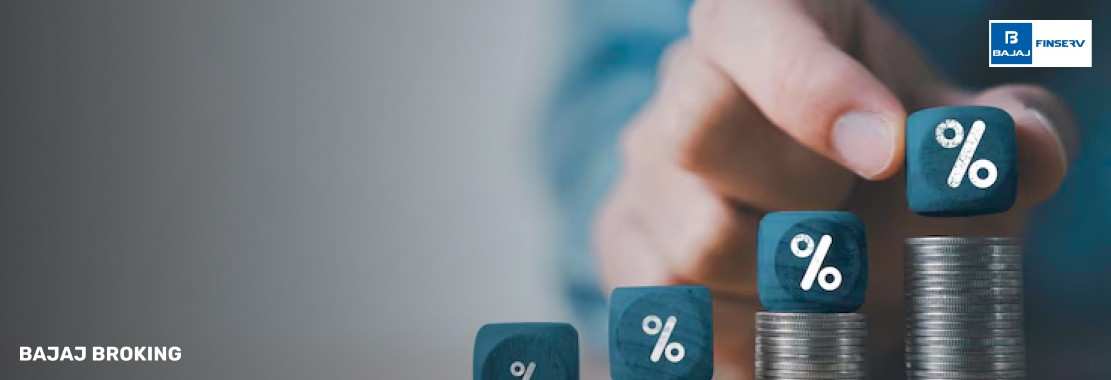Covered Interest Arbitrage (CIA) is a strategy in currency trading that takes advantage of interest rate differences between two countries while removing exchange rate risk. Investors use two steps:
They convert money into a currency offering higher interest.
They hedge the currency risk by using a forward contract, locking in a future exchange rate.
This allows them to earn a safe, predictable return. The profits are often smaller compared to other investments, but the safety makes it popular among banks and institutional investors.
The principle of covered interest rate parity ensures that interest rates, spot exchange rates, and forward rates remain balanced across countries. While technology has reduced arbitrage opportunities, skilled investors still act quickly when small gaps appear.
How Covered Interest Arbitrage Works?
Understanding Covered Interest Arbitrage
Here is the idea step by step:
An investor borrows money in a lower-interest-rate currency.
Then, the investor exchanges it for a higher-interest-rate currency (for instance, Rupees).
Subsequently, the investor invests the Rupees in a local investment to yield a higher return.
To protect against changes in currency values, the investor locks in a forward contract to reverse the exchange back to dollars at a predetermined forward exchange rate.
At maturity, the investor repays the borrowed money in dollars and pockets any profit, as exchange risk has been avoided. The profits are almost without risk; however, they’re usually not very large.
Practical Example of Covered Interest Arbitrage
Let’s assume that interest rates are different in India versus another country. A foreign investor might be able to take advantage of the CIA process.
Step 1 – Borrowing abroad: At an annual interest rate of 2%, the investor would borrow the equivalent of ₹82,00,000 in a foreign country. He would need to repay ₹83,64,000 (around ₹82,00,000 * [1+0.02]).
Step 2 – Currency conversion: The investor brings this money to India and invests ₹82,00,000 at a prevailing interest rate of 6.5%.
Step 3 – Domestic investment: At the end of the year, the ₹82,00,000 investment would grow to approximately ₹87,33,000 (around ₹82,00,000 * [1+.065]).
Step 4 – Forward Contract (FC): The investor would enter into an FC with another investor who might prefer to invest in India, at a set rate of ₹83.00 per foreign currency unit, for the purpose of taking the risk out of the ENG.
Step 5 – Currency conversion: At the end of the year, the investor would convert their INR back into that foreign currency and receive the same value as that year's increase in investment.
Step 6 – Profit/loss: Once the investor has made their repayment of approximately ₹83,64,000, they would still have a net profit of ₹3,69,000 (around ₹87,33,000– ₹83,64,000).
This process clearly illustrates how the CIA process can facilitate an investor taking advantage of a spread between interest rate levels, while getting out or hedging the risk associated with currency volatility.
Risks of Covered Interest Arbitrage
Even though CIA is safer than uncovered strategies, it still comes with certain challenges:
Hedging costs reduce returns: The cost of forward contracts or hedging tools can eat into profits. If these charges are higher than expected, the strategy may not give any real benefit.
Transaction and conversion fees: Expenses for borrowing, converting currencies, and using forward contracts can be significant. These costs sometimes cancel out the small gains from interest rate differences.
Fast market corrections: Currency and interest rate markets adjust quickly. Arbitrage opportunities may disappear within minutes, meaning investors need to act very fast to benefit.
Government rules and limits: Many countries have restrictions on foreign borrowing or currency movement. Such regulations can make it hard or even impossible to use CIA effectively.
Conclusion
Covered Interest Arbitrage (CIA) describes a financial approach where investors borrow in low-interest countries, invest in high-interest countries (e.g. India), and then lock-in the currency using a forward contract. This arbitrage guarantees a profit without any currency exchange rate risk.
From the Indian perspective, CIA can be practical in situations where the domestic interest rates are considerably greater than the foreign markets. However, in practice, any potential profit should be viewed in terms of hedging costs, regulatory limitations, and/or general market conditions.
Although the arbitrage profit can be small, it demonstrates the need to think critically about interest rate parity and its role in balancing the global currency markets. It also helps us understand why institutional investors rely on low-risk, and relatively stable returns by using CIA.




